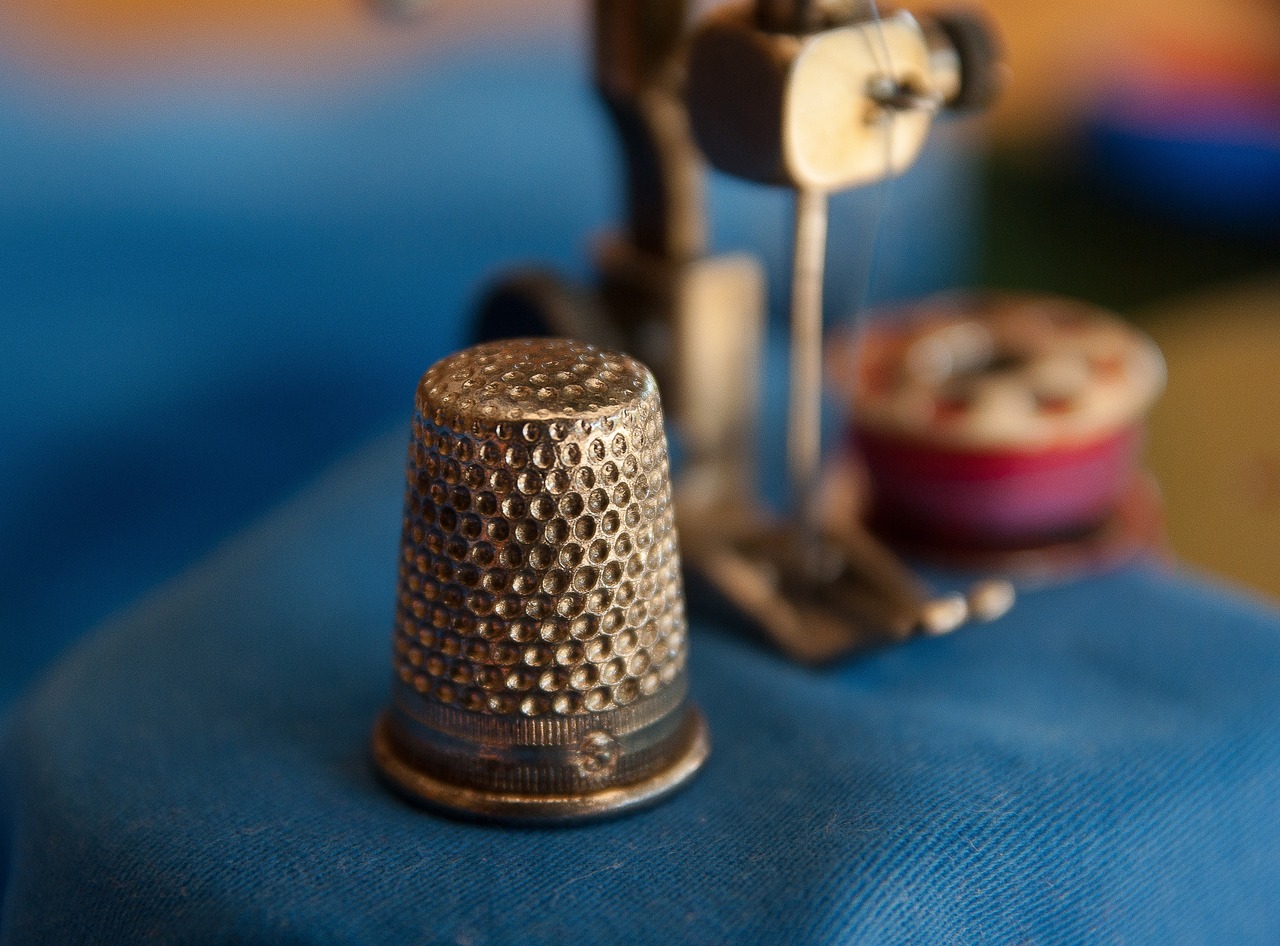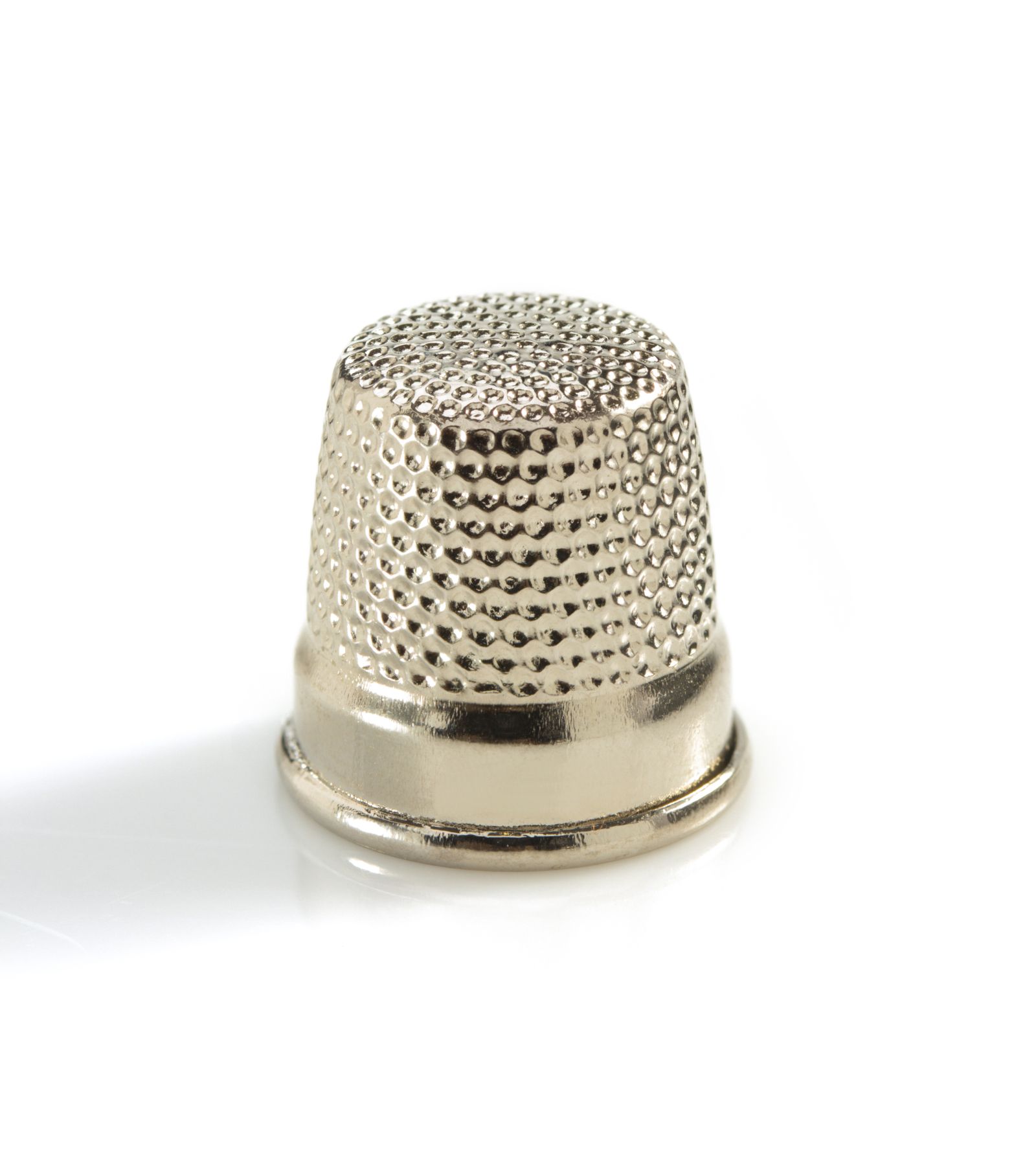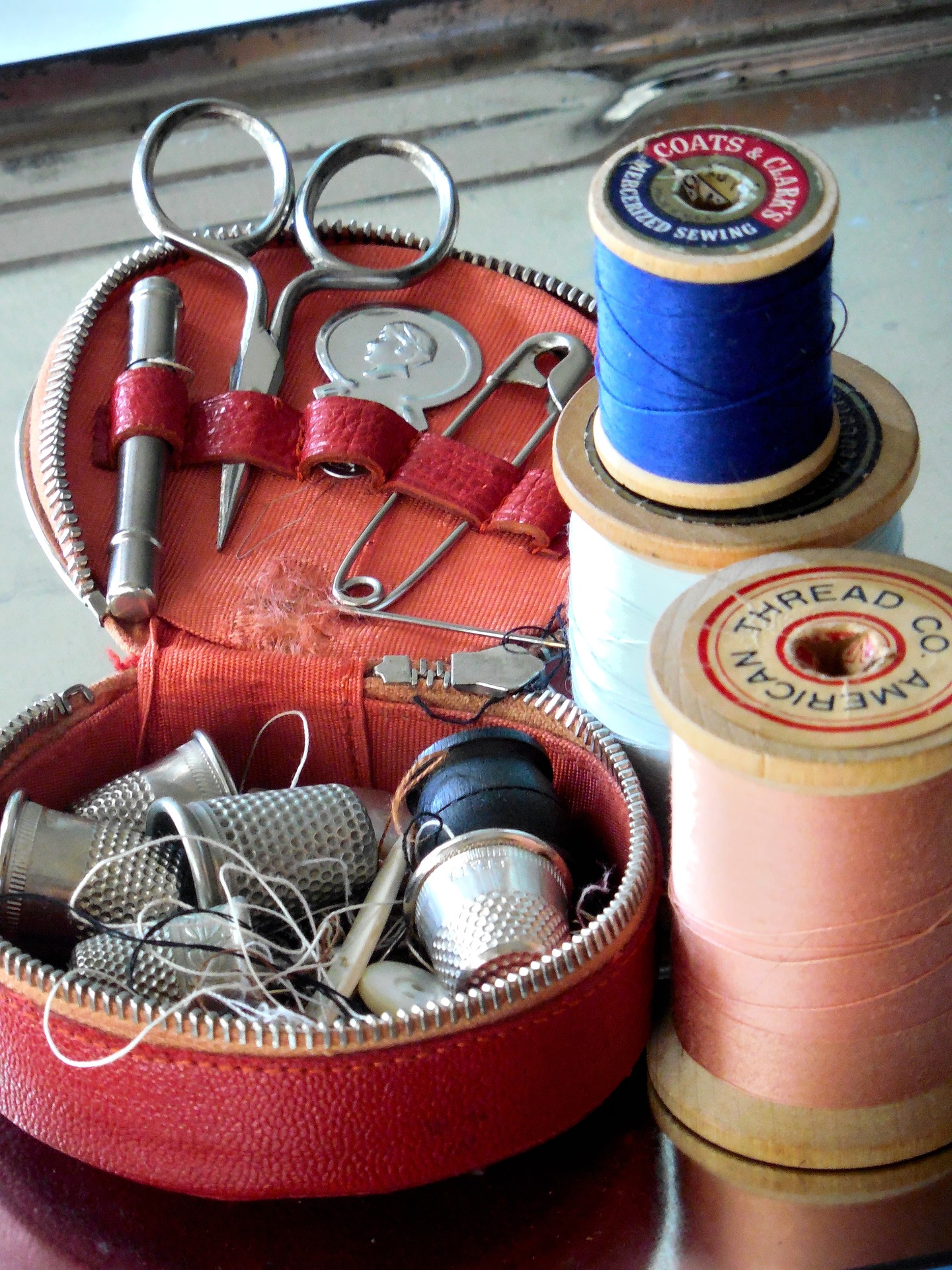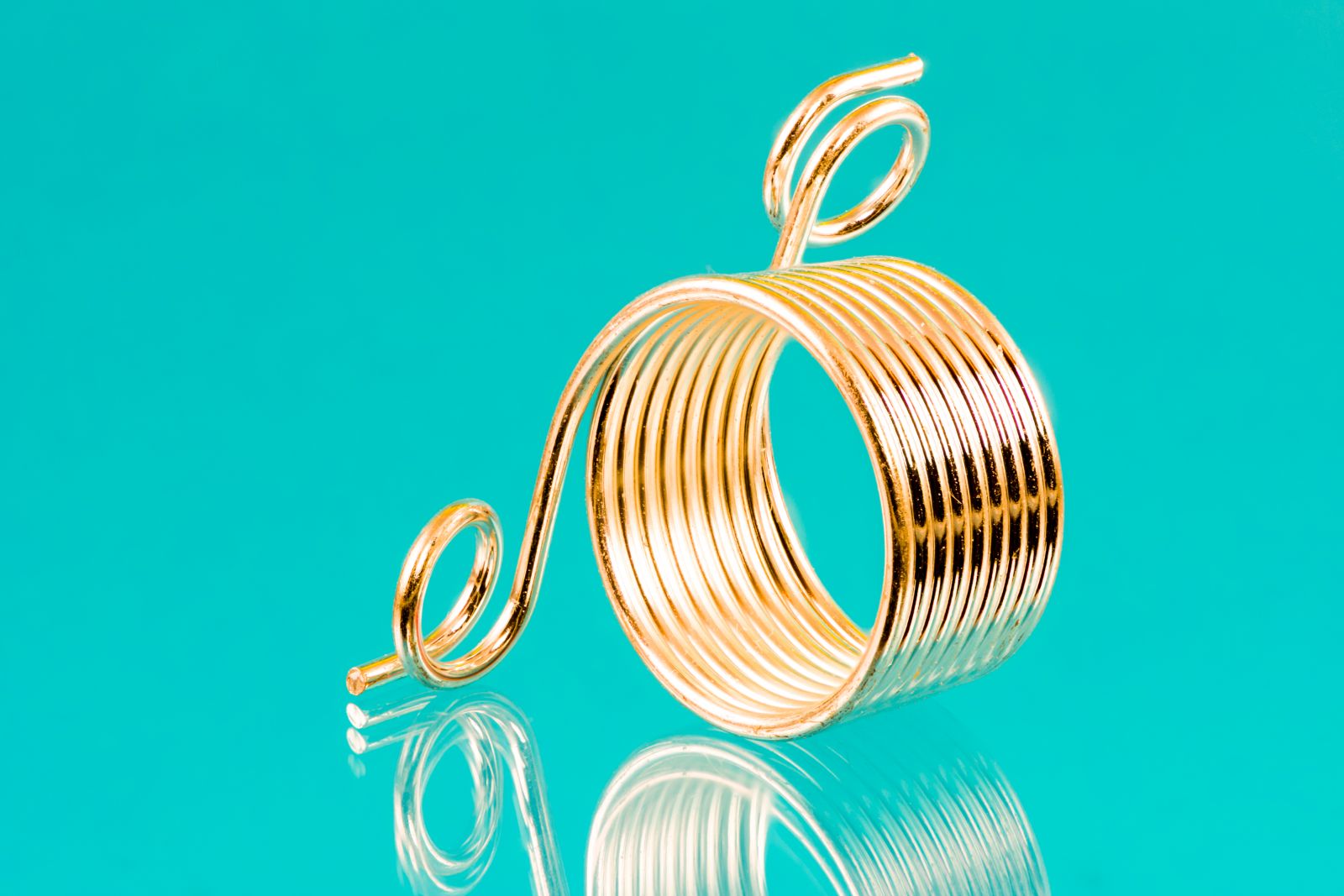
Thimbles have been an essential tool for sewing and embroidery for centuries. The earliest known thimbles date back to ancient Egypt, where they were made from materials such as bone, ivory, and metal. These early thimbles were simple in design and served a functional purpose, protecting the fingers while pushing a needle through tough materials like leather and canvas.
As sewing became more widespread throughout Europe during the Middle Ages, thimbles became a popular tool for tailors and seamstresses. By the 16th century, thimbles were being produced on a large scale, with metal thimbles becoming increasingly popular due to their durability and ease of production.
During the Victorian era, thimbles took on a new role as decorative objects, with many being made from precious metals like silver and gold and adorned with intricate designs and precious gemstones. Thimbles became highly valued possessions, often given as gifts to commemorate special occasions like weddings and christenings.
Thimbles also played a role in the suffragette movement of the early 20th century. Many suffragettes wore thimbles as a symbol of their dedication to the cause, often inscribed with slogans like “Votes for Women” and “Give Women the Vote.”
Today, thimbles remain an important tool for seamstresses and embroiderers, with a wide range of designs and materials available to suit different needs and preferences. Thimbles can be made from metal, ceramic, plastic, and even leather, with each material offering different advantages and disadvantages.
In addition to their practical use, thimbles continue to hold symbolic meaning as well. Thimbles are often used as love tokens, representing the affection and care that goes into creating handmade garments. Thimbles also have cultural significance in many parts of the world, with different designs and styles reflecting local traditions and customs.
Despite the many changes that thimbles have undergone over the centuries, their basic design remains largely unchanged. A thimble is still a small, cylindrical object with a closed end and an open end, designed to fit over the finger and protect it while pushing a needle through fabric.
The history of thimbles is a rich and fascinating one, spanning thousands of years and countless cultures. From humble beginnings as simple tools for protecting the fingers while sewing, thimbles have evolved into prized possessions and symbols of love and devotion. Whether used for practical purposes or cherished as treasured keepsakes, thimbles remain an important and enduring part of the world of sewing and embroidery.




